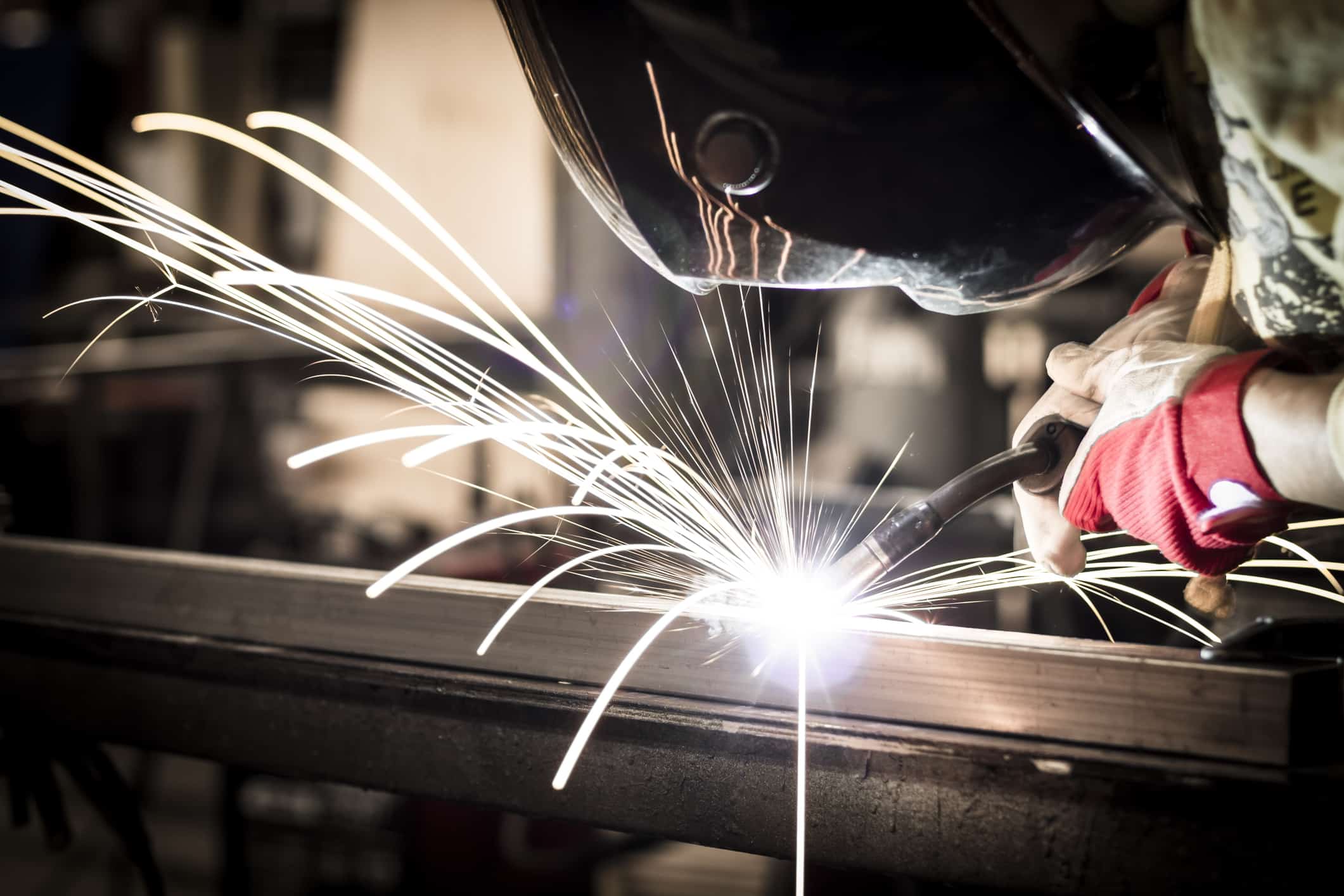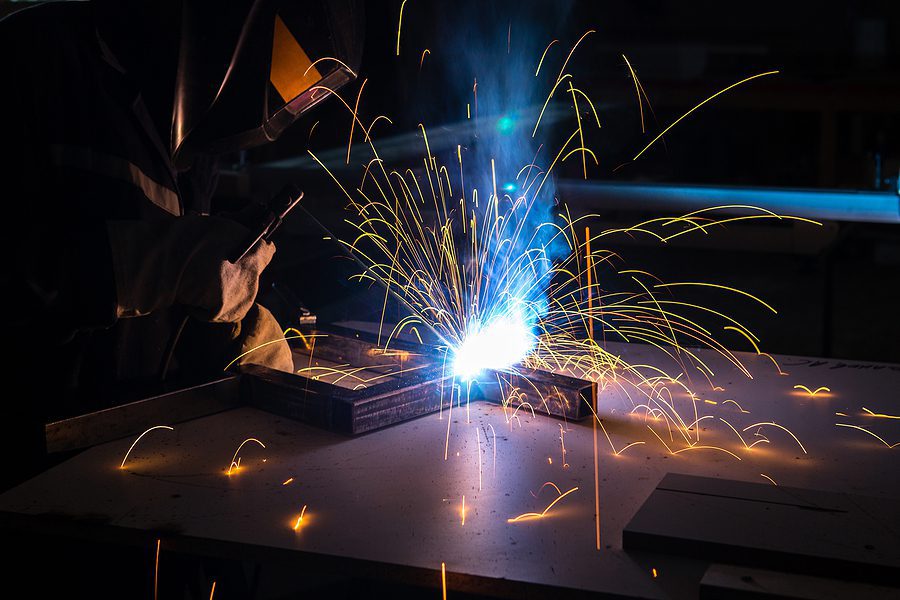Proven steps to prevent porosity in welds with Belgrade Welding
Wiki Article
All Concerning Welding: Secret Insights Into Techniques and Ideal Practices for Success
Welding encompasses a variety of techniques, each fit for details materials and applications. Understanding these approaches, such as GMAW, SMAW, and TIG, is vital for achieving suitable outcomes. The right equipment and safety practices can not be ignored. As prep work and troubleshooting play vital roles in the welding process, grasping these components can substantially enhance the high quality of the last item. What are the key aspects that ensure a successful weld?Recognizing Various Welding Techniques
Welding strategies encompass a selection of approaches, each matched to specific applications and products. Amongst one of the most typical techniques are Gas Steel Arc Welding (GMAW), Protected Steel Arc Welding (SMAW), and Tungsten Inert Gas Welding (TIG) GMAW, also referred to as MIG welding, is prominent for its rate and flexibility, making it optimal for slim products. SMAW, or stick welding, is favored for its simplicity and efficiency in outdoor atmospheres, particularly with thicker steels. TIG welding provides accuracy and control, making it appropriate for detailed job and non-ferrous metals (Montana Mobile Welding and Repair Belgrade Welding). Each method has its unique benefits and considerations, permitting welders to pick the very best approach based on the project's requirements, material type, and desired outcomes. Recognizing these methods is crucial for successful weldingNecessary Welding Tools and Tools
While numerous welding strategies require details skills, the right tools and tools are just as vital for attaining high quality outcomes. Essential welding tools consists of welding equipments, which vary relying on the method-- such as MIG, TIG, or stick welding. Safety equipment, consisting of headgears, aprons, and handwear covers, assurances safety and security and comfort during the procedure. Furthermore, clamps and components assist safeguard products in position, making sure accuracy in welds. Consumables like welding rods, wire, and shielding gas are additionally vital components that influence the quality of the weld. Tools such as grinders and cutters promote surface preparation and post-weld finishing, contributing to a specialist outcome. Spending in high-grade equipment eventually improves the effectiveness and effectiveness of welding tasks.Safety And Security Practices in Welding
Appropriate security techniques are vital in the welding market to secure workers from potential risks. Welders have to use proper personal protective devices (PPE), including headgears with appropriate shading, gloves, and flame-resistant garments. Appropriate ventilation is important to lower exposure to hazardous fumes and gases created throughout the welding procedure. Additionally, workers ought to be learnt the appropriate handling of welding devices to avoid accidents. Fire safety procedures, such as maintaining combustible products far from the welding area and having fire extinguishers easily available, are necessary. Routine examinations of tools and work areas can help determine possible hazards before they result in crashes. By adhering to these safety methods, welders can produce a safer working atmosphere and decrease risks associated with their trade.Readying Materials for Welding
Preparing products for welding is a vital action that considerably affects the quality and stability of the final item (Fabrication). Correct prep work entails cleaning the surface areas to eliminate impurities such as corrosion, oil, and dust, which can compromise the weld. Methods such as grinding, sanding, or using solvents are generally employed to achieve a clean surface. Furthermore, making sure that the materials mesh snugly is necessary; spaces can lead to weak welds. It's additionally crucial to take into consideration the alignment and positioning of the parts, as this will certainly impact the simplicity of welding and the last result. Picking the suitable filler material and making certain compatibility with the base steels is crucial for achieving strong, durable welds.Tips for Achieving High-Quality Welds
Attaining high-quality welds calls for focus to detail and adherence to best practices throughout the welding procedure. Proper joint preparation is necessary, ensuring surfaces are complimentary and tidy from impurities. Picking the ideal filler material and welding method based upon the base metals is crucial for optimal bonding. Maintaining constant travel speed and angle while welding can protect against defects and promote uniformity. Additionally, managing heat input is necessary; excessive heat can lead to warping and deteriorated joints. If needed, regularly examining the welds throughout the process permits for prompt changes. Ultimately, using ideal post-weld treatments, such as cleansing and tension alleviation, can improve the longevity and honesty of the weld, eventually making certain a successful end result.Troubleshooting Common Welding Issues
Welding frequently provides challenges that can influence the high quality and integrity of the end product. Typical concerns such as porosity, irregular weld beads, and getting too hot can arise, each calling for certain troubleshooting techniques. Recognizing these problems is necessary for welders to enhance their skills and achieve perfect outcomes.Porosity Issues Clarified
Although porosity can commonly be neglected, it stays a crucial concern in welding that can endanger the stability of a finished product. Porosity refers to the visibility of small gas pockets within the weld bead, which can lead and weaken the joint to premature failure. This trouble commonly emerges from impurities, wetness, or inappropriate securing gas insurance coverage throughout the welding process. To alleviate porosity, welders must verify that the base materials are dry and clean, utilize suitable shielding gases, and keep constant welding parameters. On a regular basis inspecting the equipment and environment welding hoods for sale can additionally assist recognize possible issues this hyperlink before they manifest in the weld. Addressing porosity efficiently is essential for accomplishing strong, sturdy welds that satisfy high quality criteria.
Inconsistent Weld Beans
Inconsistent weld grains can substantially affect the quality and strength of a finished product. Different elements contribute to this issue, consisting of improper travel speed, inaccurate amperage settings, and irregular electrode angles. When the welder moves too quickly, a bead may appear slim and lack infiltration, while moving as well gradually can cause too much buildup. Additionally, utilizing the wrong amperage can lead to either undercutting or excessive spatter, both of which compromise weld stability. The welder's strategy, such as inconsistent torch movement, can likewise bring about irregular bead look. To mitigate these troubles, welders must concentrate on preserving constant, controlled motions and guaranteeing correct tools setups to attain uniformity in their welds. Uniformity is essential to attaining reliable and solid welds.Getting Too Hot and Bending Issues
Extreme warm during the welding procedure can result in substantial getting too hot and warping concerns, affecting the architectural honesty of the workpiece. These troubles frequently manifest as distortion, which can jeopardize positioning and fit-up, making further assembly testing. Variables adding to overheating include the choice of welding parameters, such as voltage and take a trip rate, along with the sort of product being welded. To alleviate these issues, welders need to preserve consistent traveling rate and appropriate warmth input while checking the workpiece temperature. Furthermore, pre-heating or post-weld warm therapy can assist reduce anxieties triggered by quick air conditioning - Belgrade. Regular examination and adherence to finest techniques are vital in stopping overheating and ensuring the durability and reliability of welded structuresFrequently Asked Inquiries
What Are the Profession Opportunities in the Welding Market?
The welding industry offers varied occupation possibilities, including placements as welders, inspectors, instructors, and engineers. Specialists can work in manufacturing, building and construction, aerospace, and auto sectors, gaining from strong need and competitive salaries in various functions.How Can I Enhance My Welding Speed Without Sacrificing Quality?
To boost welding rate without sacrificing top quality, one must practice effective techniques, preserve devices, maximize settings, and boost hand-eye sychronisation. Regular training and seeking responses can likewise considerably contribute to achieving much faster, premium welds.What Qualifications Are Offered for Welders?
Various qualifications exist for welders, including those from the American Welding Culture (AWS), the National Facility for Building And Construction Education and Study (NCCER), and different industry-specific companies. These qualifications enhance employability and show skill efficiency.How Does Welding Impact the Features of Metals?
Welding affects the residential properties of steels by changing their microstructure, which can lead to modifications in strength, solidity, and ductility. Warmth input and air conditioning rates look what i found during the process significantly influence these product qualities.Can I Weld Dissimilar Metals Together?

Report this wiki page